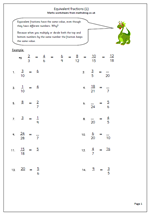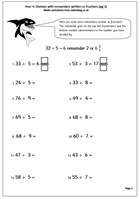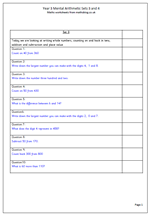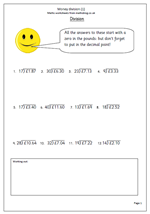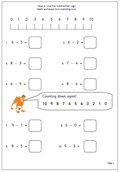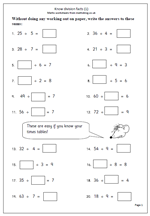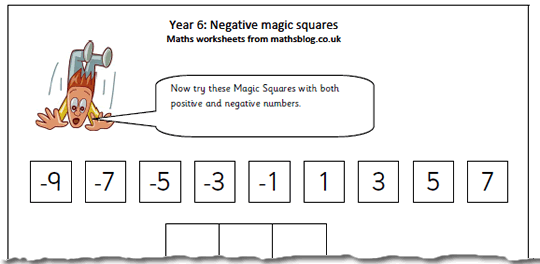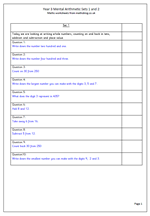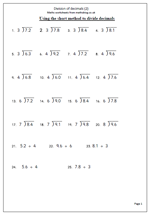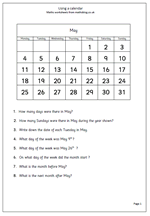Understanding equivalent fractions is at the heart of understanding how fractions work. Much work needs to be done in earlier years to show that fractions such as 1/2 and 2/4 have the same value. This is usually done by colouring or shading parts of rectangles, circles.
Two fractions which are equal in value we say are equivalent.
2/5 is equivalent to 4/10 which is equivalent to 40/100.
If we start with a fraction and multiply both the numerator (top number) and the denominator (bottom number) by the same number the fraction will remain with the same value. The same is true with division, but not addition or subtraction.
This makes multiplying fractions much easier than adding or subtracting them.
